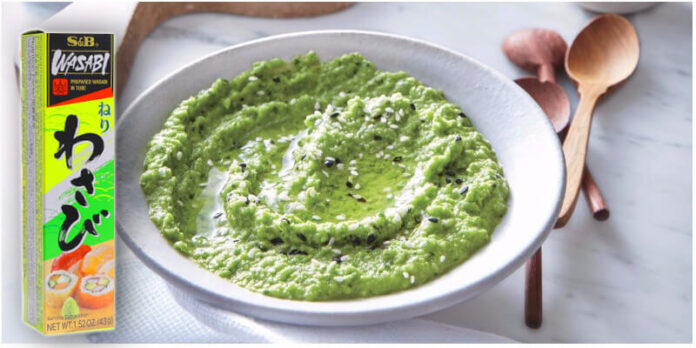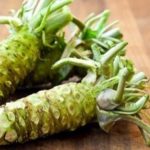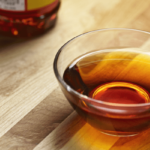Mustard Greens
Also known as wasabi, this green mustard is a spice that originates from Japan. While it has a pungent taste, the heat doesn’t linger like chili peppers, and the flavor dissipates quickly, moving from the mouth to the nose.

Yellow Mustard
Yellow mustard is a blend of white mustard, turmeric, and spices, resulting in an attractive golden hue. Commonly found in European and American cuisine, its mild heat with a tangy twist makes it ideal for sauces or marinades.

Green vs. Yellow Mustard
|
Criteria |
Green Mustard |
Yellow Mustard |
|
Ingredients |
Derived from horseradish tree |
Made from spicy mustard seeds, combined with sugar and turmeric |
|
Flavor |
Pungent heat that hits the nose. |
Aromatic, fatty, with a slight tang. |
|
Color |
Green |
Golden Yellow |
|
Food Pairing |
Pairs well with raw seafood or marinated fish. |
Great as a salad dressing, marinade, or dip for sausages, steak, grilled meat, and bread. |
|
Use |
Eliminates the fishy odor of seafood and stimulates the taste buds. |
Removes strong odors from meats like lamb and goat. Reduces greasiness when eating fatty foods. |
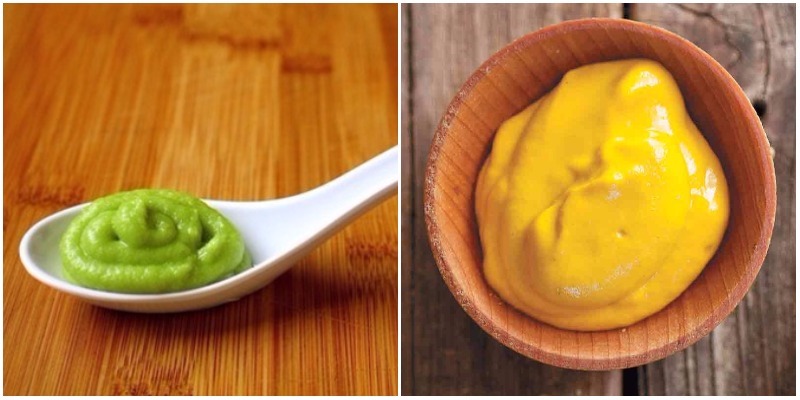
Green or Yellow Mustard: Which to Choose?
Green mustard is the optimal choice when paired with raw seafood. However, use it sparingly to avoid overwhelming the dish’s delicate flavors.
Yellow mustard offers versatility and can be used in a variety of dishes, especially those featuring meat. It’s perfect on sandwiches, hotdogs, grilled dishes, and goes exceptionally well with strong-flavored meats like lamb and goat.
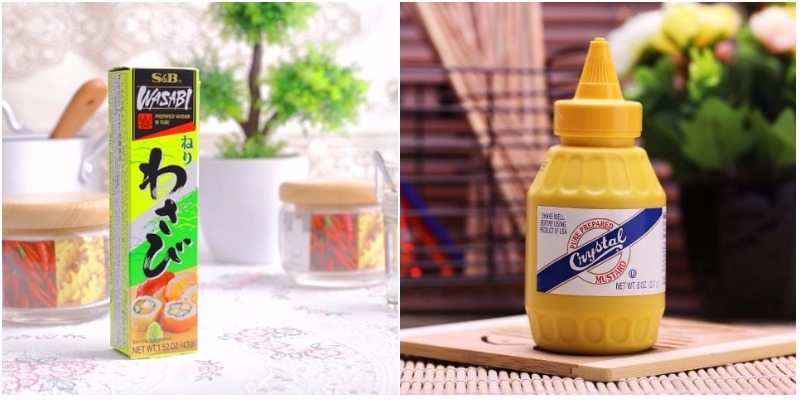
The Ultimate Guide to Sauce Expiration Dates: How Long Do Your Favorite Condiments Last?
Introducing the ultimate guide to sauce expiration dates and storage! Are you a sauce enthusiast or a culinary connoisseur? Do you want to get the most out of your favorite condiments? From the creamy delight of mayonnaise to the tangy kick of BBQ sauce, and from the classic ketchup to the spicy thrill of hot sauce, we’ve got you covered. Discover the secrets to prolonging the freshness and flavor of your beloved sauces. With our expert advice, you’ll never have to worry about wasting another drop.

























